If you’re new to raising goats, it might feel like you’ve wandered into a whole new language. Don’t worry—you’re not alone! At Merry Meadows Farm, we’ve helped many new goat owners learn the ropes, and one of the most common early questions we get is: “What does that word mean?”
This guide will walk you through the most essential goat terminology so you can confidently understand your herd, whether you’re starting a small homestead or simply love learning more about farm life.
Why Goat Terminology Matters
Understanding goat terminology isn’t just about sounding like you know what you’re doing—it’s about ensuring you actually do. Knowing the difference between a buck and a wether, or a dam and a doe, can help you make the right decisions for feeding, breeding, and even basic care. Using the correct terms also helps when communicating with vets, breeders, 4-H leaders, and other farmers.
So let’s decode the most common goat terms together.
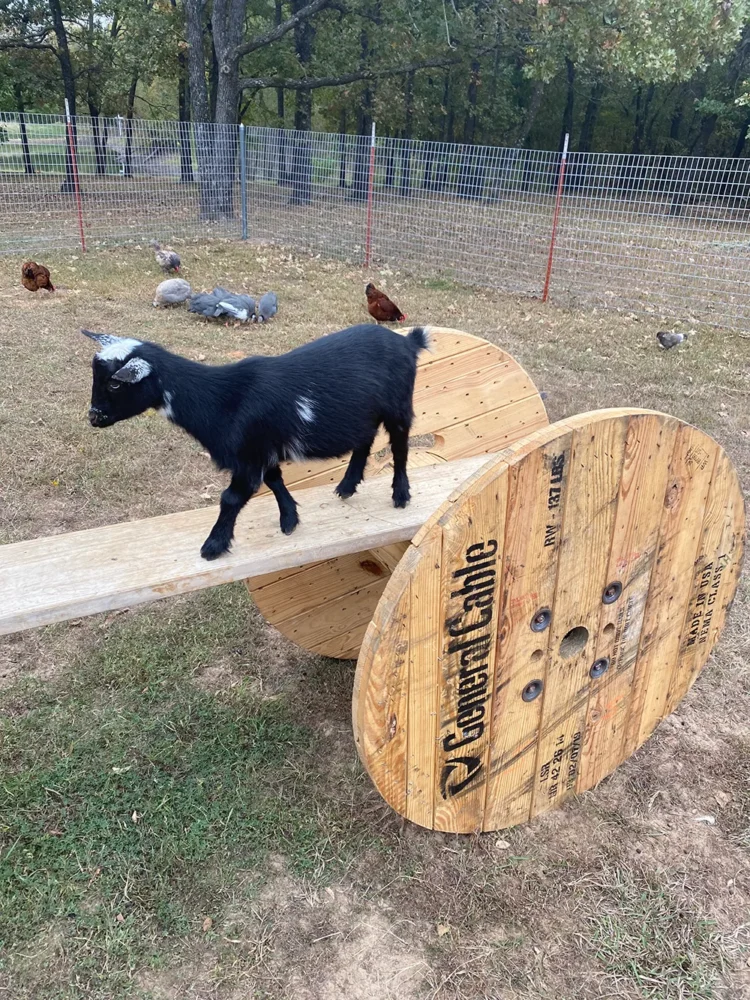

Doe: The Adult Female Goat
A doe is an adult female goat, often also referred to as a nanny. Once she’s mature, she can be bred and will carry kids (baby goats). You’ll often hear breeders or goat farmers say things like, “That doe is due to kid next month.”
Does are typically calm and social, especially if handled frequently from a young age. At Merry Meadows, our does form the heart of our milk-producing herd. If you’re interested in dairy goats, your does will be the ones filling your pail each morning.
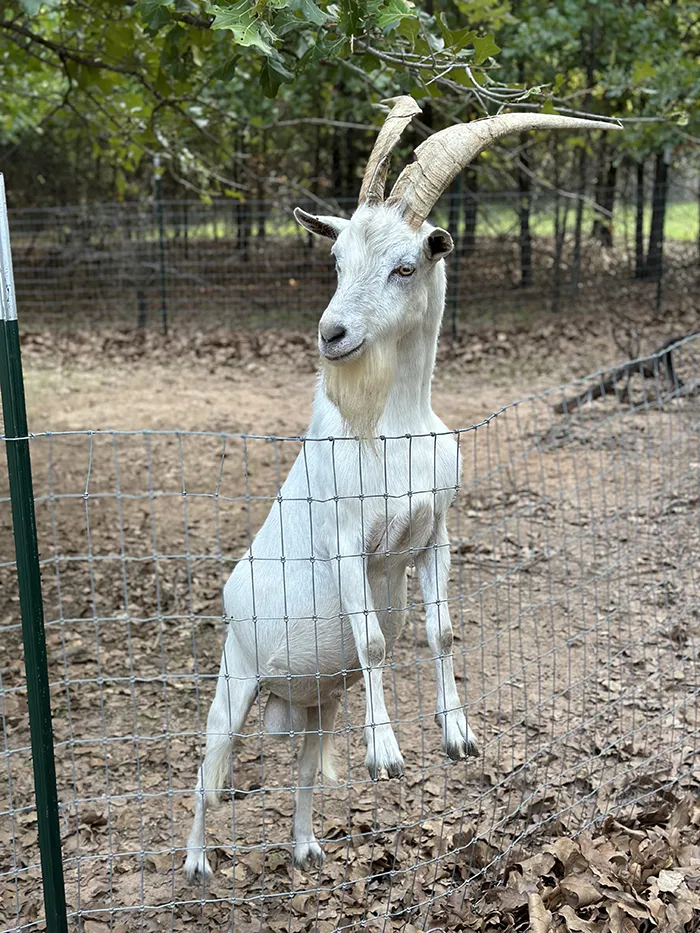

Buck: The Intact Male Goat
A buck is an unneutered male goat, sometimes called a billy. Bucks are kept primarily for breeding purposes. They develop a strong odor during the breeding season, known as the rut, and can become more aggressive or assertive as their hormones surge.
While bucks play an important role in maintaining genetic diversity and breeding healthy offspring, they are not usually kept around for long-term companionship or as pets unless you have specific breeding goals.
If you’ve read our post Buck or Wether? Choosing the Right Male Goat for Your Herd, you’ll know that bucks require additional management compared to wethers or does.
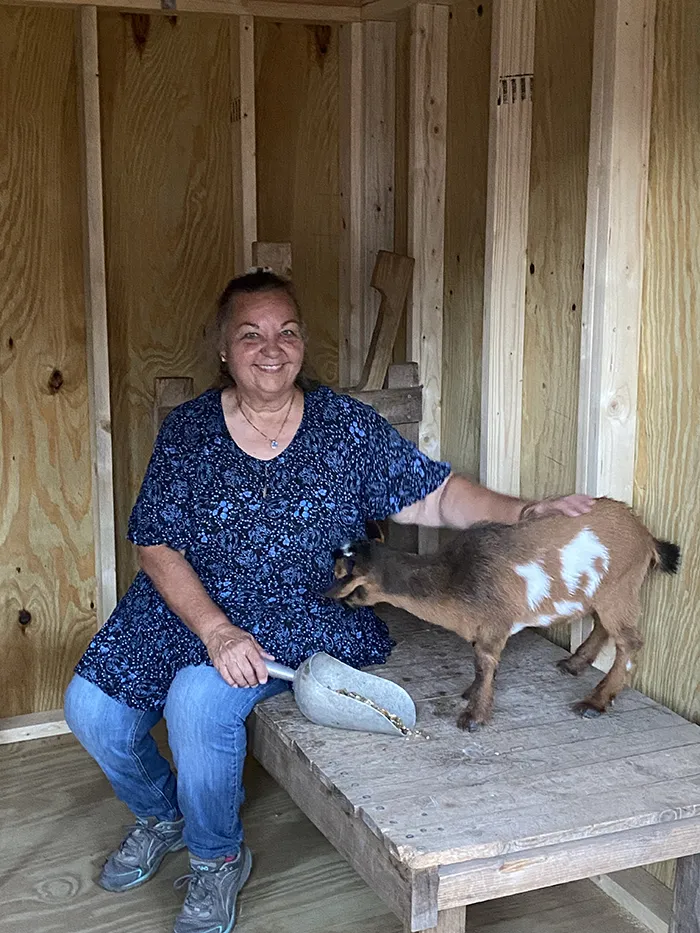

Wether: The Castrated Male Goat
A wether is a male goat that has been castrated, typically at a young age. Wethers are often calm, friendly, and easy to handle, making them great choices for pets, 4-H projects, or as companion animals in a herd.
At Merry Meadows, we often recommend wethers to new owners who want the personality of a goat without the responsibility of managing breeding behavior or the strong scent that comes with bucks. They’re excellent grazers, often used for land clearing or pasture maintenance.
Wethers are also less prone to hormonal behavior and can be safely housed with does once the risk of breeding has passed.


Kid: The Baby Goat
A kid is a baby goat, usually under six months of age. The term is used for both males and females until they mature or are assigned a more specific term (like buckling or doeling).
Kidding season is a busy and joyful time on the farm. Does typically give birth to one to three kids, although twins are the most common. From their very first wobbly steps to zooming around the pasture, kids bring high energy and lots of entertainment.


Dam: The Mother of a Kid
The dam is the biological mother of a kid. You’ll often hear this term used in pedigrees or registration paperwork. Knowing the dam’s traits—like her milk production, temperament, or disease history—is important when evaluating a kid’s potential.
Example: “That kid is out of a high-producing dam with excellent conformation.”
Sire: The Father of a Kid
The sire is the father of a kid, and his genetics contribute just as much as the dam’s. A high-quality sire can pass on desirable traits like strong legs, good parasite resistance, or high fertility.
When breeding goats, especially for milk or show lines, the reputation of a sire matters a great deal. Knowing your sire’s lineage helps ensure healthy, productive kids.
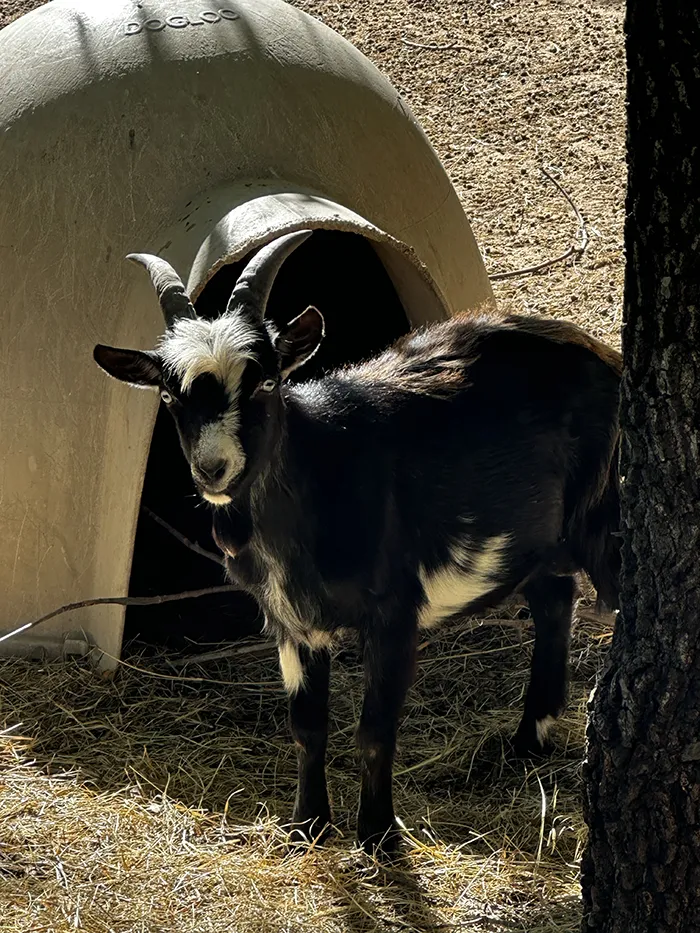

Doeling and Buckling
These are terms used for young goats, typically between 6 weeks and a few months old, who have not yet reached maturity:
- A doeling is a young female goat.
- A buckling is a young intact male goat.
You might see these words used in sales listings or breed registries, helping clarify age and development stage without simply calling them kids.


Polled, Horned, and Disbudded
Let’s talk about horn status, because this often confuses new goat owners:
- Horned goats naturally grow horns.
- Polled goats are born without the gene to grow horns.
- Disbudded goats have had their horn buds removed at a very young age to prevent horn growth later.
While horned goats can be majestic, horns can pose risks to humans, fencing, and other goats. Many homesteaders choose to disbud kids early on or seek polled genetics if they prefer hornless animals.
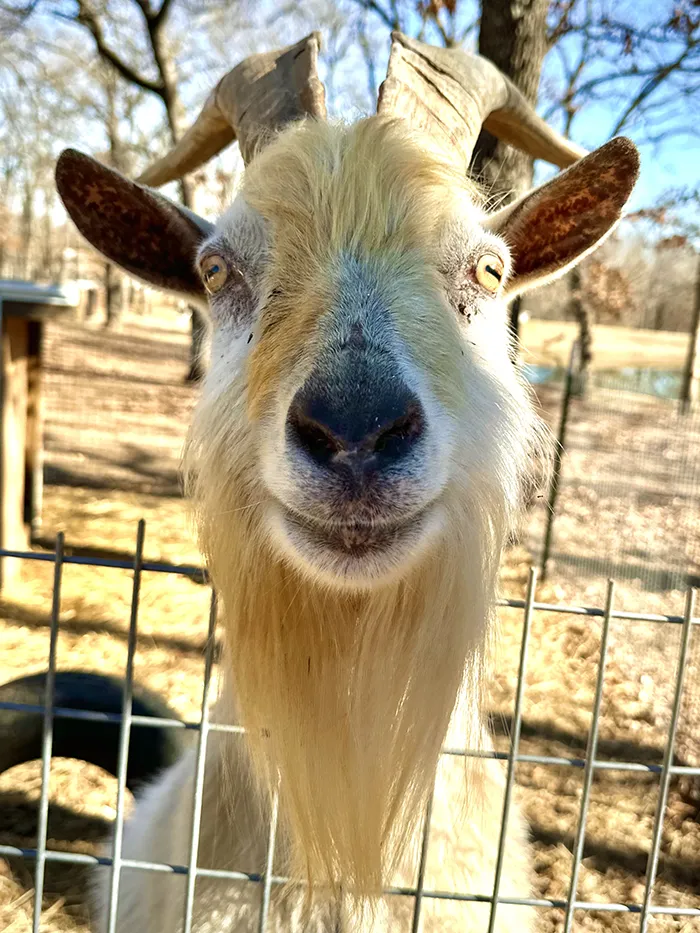

The Rut
The rut refers to the breeding season in bucks, typically occurring in the fall. During this time, bucks experience hormonal changes that cause stronger odors (yes, including peeing on their own beards), more vocalizations, and heightened interest in does.
This natural behavior is important for breeding—but it’s also why many homesteaders choose to keep bucks away from their milking does during rut to avoid affecting milk flavor.
Freshening
When a doe gives birth and begins producing milk, it’s called freshening. This marks the start of her lactation cycle and is a key milestone in dairy goat management. Freshened does will often stay in milk for many months if milked regularly.
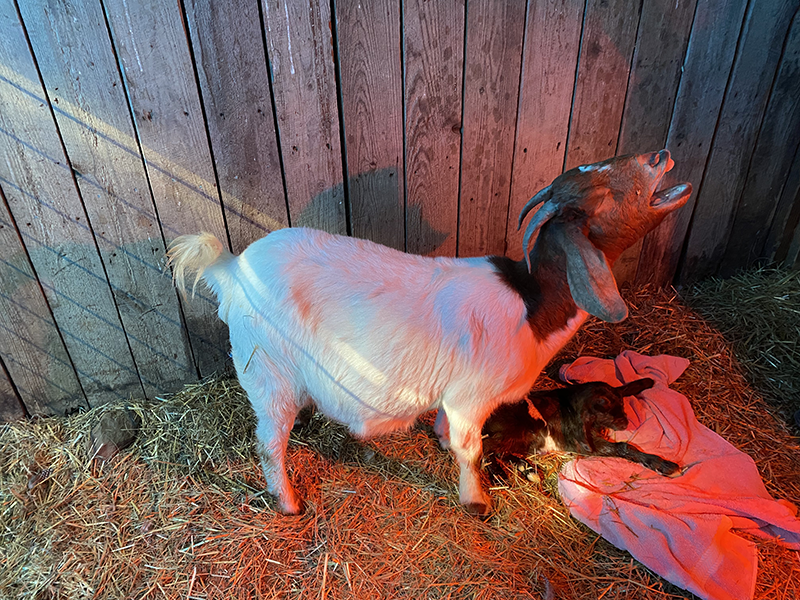

Kidding
The act of giving birth in goats is called kidding. Most goats kid with little assistance, but it’s important to be prepared, especially if you’re breeding your own herd. A well-stocked kidding kit and knowledge of basic delivery signs go a long way.
Quick Reference Chart
| Term | Definition | Example Use |
|---|---|---|
| Doe | Adult female goat | D |
| Buck | Intact male goat | “We’re using that buck for breeding this year.” |
| Wether | Castrated male goat | “Our wether is a great companion for the herd.” |
| Kid | Baby goat | “She had twins—two healthy kids.” |
| Dam | Mother of a kid | “The dam has a gentle temperament.” |
| Sire | Father of a kid | “The sire’s lineage includes top milkers.” |
| Doeling | Young female goat | “That doeling is being retained for breeding.” |
| Buckling | Young intact male goat | “This buckling is for sale.” |
| Polled | Goat born without horn genetics | “Polled genetics reduce injury risks.” |
| Disbudded | Goat with horn buds removed | “We disbudded at 10 days old.” |
| Kidding | Act of giving birth | “Our first kidding season starts in March.” |
| Freshening | When a doe begins to produce milk | “She freshened two weeks ago.” |
| Rut | Breeding season for bucks | “The buck is in full rut right now.” |
Final Thoughts: Speak Goat Like a Pro
Learning goat terminology might seem overwhelming at first, but once you’re familiar with the terms, everything clicks into place. Knowing the difference between a buck and a wether, or a dam and a doe, isn’t just trivia—it’s the foundation of smart goat care.
Whether you’re dreaming of farm-fresh milk, starting your first breeding program, or just enjoying a few goats on your homestead, these terms will serve you well.
If you’re ready to go deeper, check out our post on Buck or Wether? Choosing the Right Male Goat for Your Herd, or stop by Merry Meadows Farm in Kingston, Oklahoma (Directions Here) to meet some goats in person!